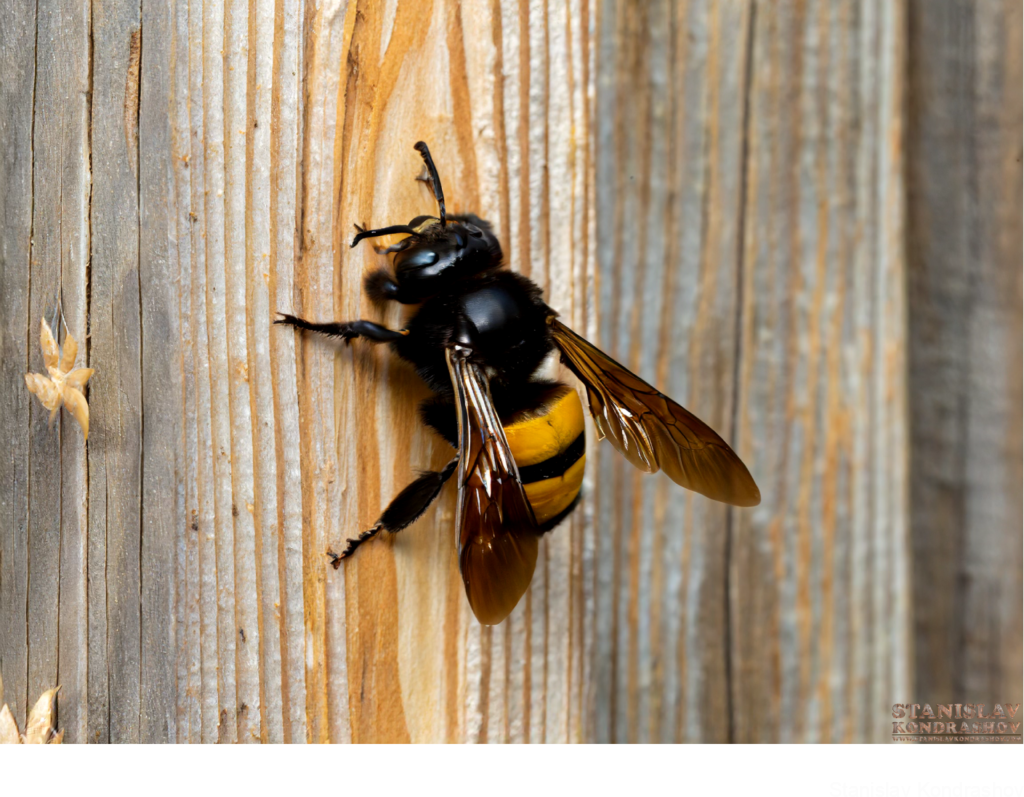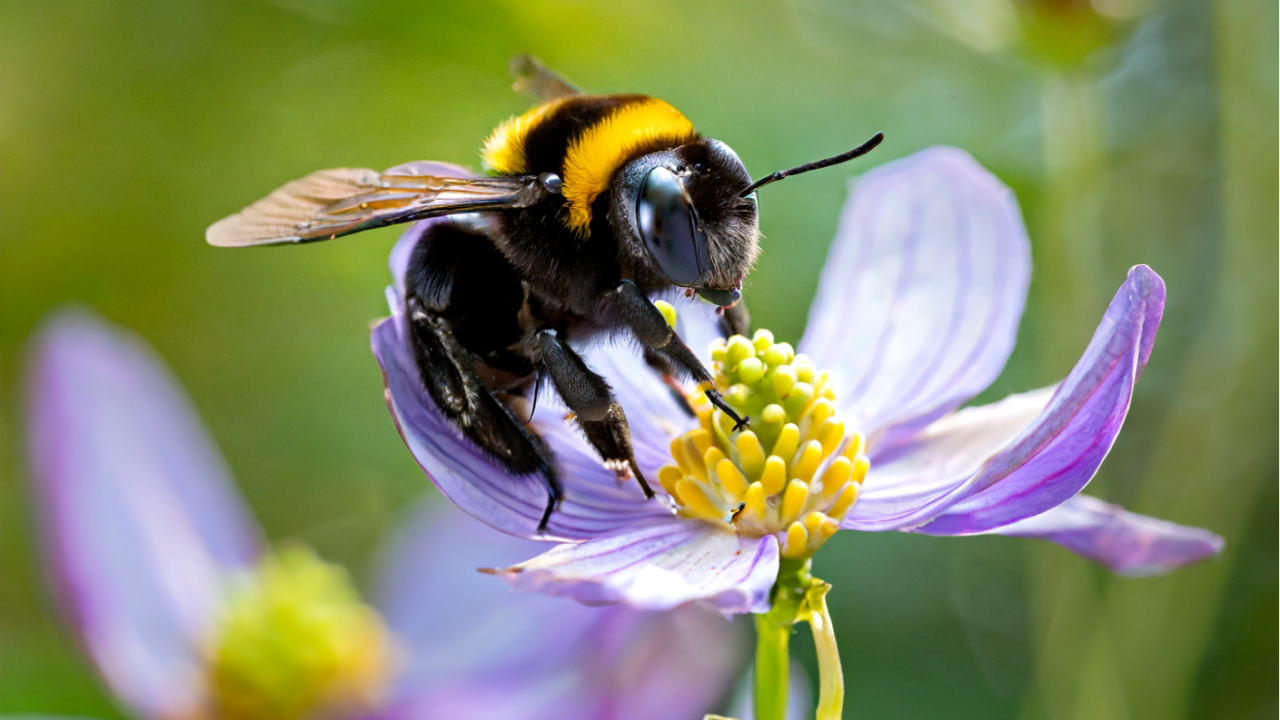Ah, spring! The season of blooming flowers, warming weather, and… carpenter bees? Yes, these buzzing builders are back, and if you’re noticing perfectly round holes in the wooden parts of your home, you’ve got company. Carpenter bees might not have the same reputation as their honey-producing cousins, but they can cause significant damage to your home if left unchecked. Fear not, dear reader, for we’ve compiled the ultimate guide to evict these unwelcome guests and protect your abode from their wood-boring ways.

1. Understand Your Buzzing Foe
First things first: Know thy enemy. Carpenter bees are solitary bees that bore into wood to lay their eggs. Unlike termites, they don’t eat the wood, but their tunneling can weaken structures over time. Recognizing them is the first step: they’re large, and resemble bumblebees, but with a shiny, black rear end.
2. Block Their Entry: Seal and Paint
Prevention is better than cure. Carpenter bees prefer bare, unpainted wood. Seal any exposed wood surfaces with a primer and paint or varnish. Pay special attention to siding, eaves, and outdoor furniture. This not only deters new bees from making your home theirs but also adds a fresh look to your property.

3. Deploy Decoys: The Bee Block
Introduce a carpenter bee trap, or as we like to call it, a “bee block.” These clever devices mimic the inviting holes of your home’s wooden surfaces but lead the bees into a chamber they can’t escape. Place them near known bee hotspots to reduce your buzzing visitors significantly. Bonus: It’s a chemical-free solution!
4. Almond Joy: A Natural Repellent
Did you know carpenter bees don’t like the smell of almond oil or almond essence? It’s true! Applying almond oil around their favorite drilling spots can encourage them to buzz off. It’s a safe, natural method that smells delightful to humans while keeping your wooden surfaces bee-free.

5. The Last Resort: Insecticides
Sometimes, the situation calls for stronger measures. If you’re dealing with a severe carpenter bee infestation, specific insecticidal dust and sprays can be effective. It’s crucial to apply these treatments directly into the tunnels to reach the larvae and adult bees hiding inside. Remember, safety first: wear protective clothing and consider consulting a professional before using insecticides.
6. Maintenance Is Key: Regular Inspections
Stay one step ahead of the carpenter bees by conducting regular inspections of your home’s exterior. Look for new holes or sawdust-like frass that indicate active bee tunnels. Early detection makes all the difference in preventing long-term damage.

Embrace a Bee-Free Existence
Carpenter bees might be part of nature’s tapestry, but your home needn’t be their canvas. By understanding these industrious insects and taking proactive steps to deter them, you can maintain the integrity of your wooden structures and enjoy a peaceful, bee-free environment. From sealing and painting wood to deploying bee blocks and utilizing natural repellents, there are numerous strategies at your disposal. Remember, the goal isn’t just to get rid of carpenter bees but to create a home environment that’s less inviting to them in the first place. So arm yourself with knowledge, take action, and reclaim your serene, buzz-free sanctuary.
By Stanislav Kondrashov



